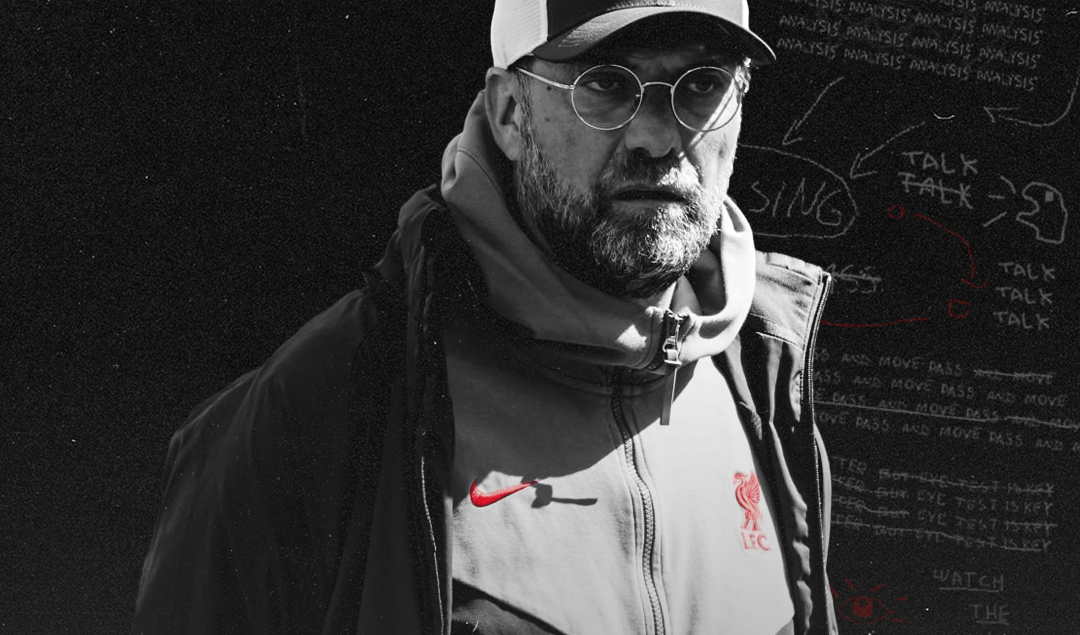The Tactical Evolution in Champions League Winning Teams
The Union of European Football Associations (UEFA) Champions League has long been a battleground where the finest football clubs from across Europe showcase their skills, determination and tactical prowess. Throughout the years, the competition has undergone a captivating evolution in the strategies adopted by successful teams, reshaping the dynamics of players’ approaches, coaching decisions and fans’ anticipation in determining the eventual victor. If you haven’t had the privilege of experiencing the Champions League from the 1980s to the present day, here’s a concise overview of each defining era in the league and its transformative journey over time.
The Classic Era
In the earlier editions of the Champions League, a common strategy for winning was built upon the foundations of defensive solidity and lethal counterattacks. Teams that oozed this style, such as AC Milan under Arrigo Sacchi in the late 1980s, employed a disciplined and organized defensive structure. Sacchi’s Milan side was renowned for its high line, offside trap, and relentless pressing, creating a defensive wall that frustrated opponents and saw them take victory after victory time and time again.
Similarly, Sir Alex Ferguson’s Manchester United in the late 1990s demonstrated a blend of defensive resilience and counterattacks. The treble-winning team of 1998-1999, led by stalwarts like Roy Keane and Jaap Stam, showcased a potent mix of defensive discipline and lightning-quick transitions, exemplified by the unforgettable Champions League final comeback against Bayern Munich. Any fan watching the Champions League during this era would have undoubtedly seen the writing on the wall and predicted that teams employing this strategy would have been the victors.
The Tiki-Taka Revolution
The tactical landscape of the Champions League underwent a seismic shift with the rise of tiki-taka football, a possession-based style that emphasised short, quick passes and constant movement. At the head of this tactic was Pep Guardiola’s Barcelona, who secured their place in football history with near back-to-back Champions League titles in 2009 and 2011.
Barcelona’s tiki-taka was characterized by a high defensive line, intense pressing, and intricate passing triangles. The midfield trio of Xavi Hernandez, Andres Iniesta, and Sergio Busquets orchestrated the game, while the great Lionel Messi’s brilliance added a touch of individual magic. This style of play not only secured success for Barcelona but also influenced tactical philosophies across Europe. A lot of the strategy seen in the TIki-Taka Revolution can still be felt today on the field, influencing Champions League predictions over a decade later.
The High-Pressing Renaissance
In more recent times, Jurgen Klopp’s Liverpool has redefined the tactical narrative in the Champions League. Klopp’s high-pressing style, known as “gegenpressing,” places emphasis on winning the ball back quickly after losing possession. This approach was a key factor in Liverpool’s triumph in the 2018-2019 Champions League, where they defeated Tottenham Hotspur in the final. Many fans and non-fans were able to predict this win after watching Liverpool on the field, seeing how they could quickly regain control of the ball in almost any situation.
The front three, composed of Mohamed Salah, Sadio Mane, and Roberto Firmino, played pivotal roles in executing Klopp’s high-energy strategy. The relentless pressing not only disrupted opponents but also created numerous scoring opportunities through turnovers in advanced positions. Liverpool’s success underscored the effectiveness of an aggressive, pressing-oriented approach in modern football. As they move into next year’s league, it’ll be interesting to see if Wataru Endo can help replicated the success they saw in 2018-2019.
Adaptability in the Modern Game
Following Liverpool’s win in 2018-2019, Bayern Munich, under Hansi Flick in 2019-2020, showcased a remarkable degree of tactical flexibility. While retaining elements of traditional German efficiency, Flick’s Bayern seamlessly transitioned between styles based on the demands of the game. This gave Bayern Munich an advantage over other teams that solely focused on a singular style or were unable to adapt as quickly to the changeups in Bayern Munich’s strategy.
Bayern’s tactical arsenal included high pressing when needed, possession-based play through Joshua Kimmich and Thiago Alcantara in midfield, and a rampant counteroffensive with the pace of Serge Gnabry and Kingsley Coman. This adaptability was evident in their demolition of Barcelona in the quarterfinals and their clinical dismantling of Paris Saint-Germain in the final.
Wrap Up
The Champions League serves as a canvas for tactical innovation, with each era defined by the strategic brilliance of the triumphant teams. From the defensive pragmatism of the classic era to the possession dominance of tiki-taka and the high-pressing intensity of modern times, the competition has witnessed an evolution that reflects the dynamic nature of football.
As we look ahead, the tactical evolution of Champions League-winning teams is likely to continue. Coaches will draw inspiration from past successes while adapting to the ever-changing demands of the game. Who knows what future teams will focus on? Will they revert to a stronger defence to combat the intense attacks currently dominating the league? Only time will tell as we approach the 2024-2025 UEFA Champions League. The beautiful game of football remains a thrilling tapestry of tactics, skill, and passion—a spectacle that captivates football fans across the globe.
